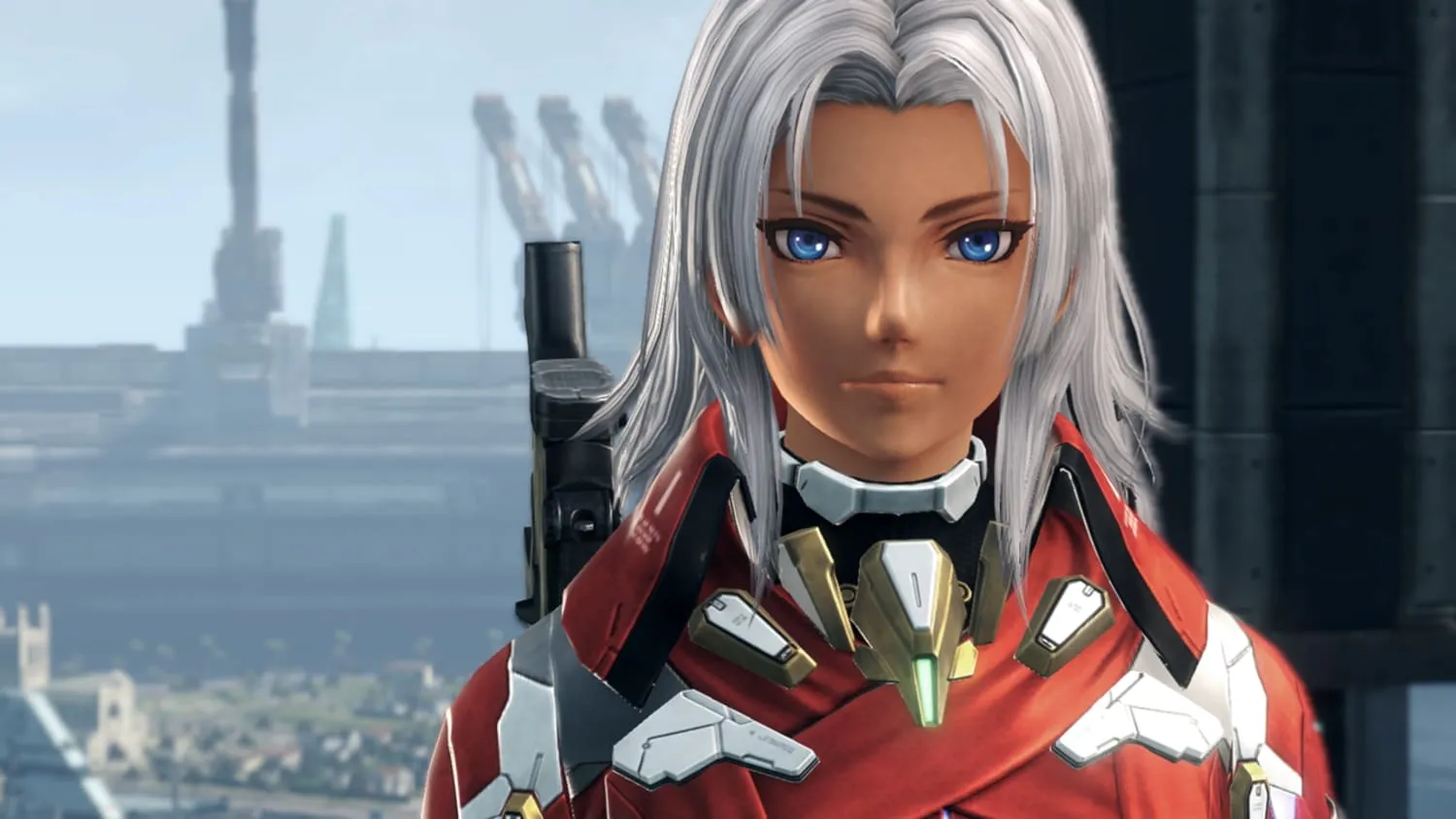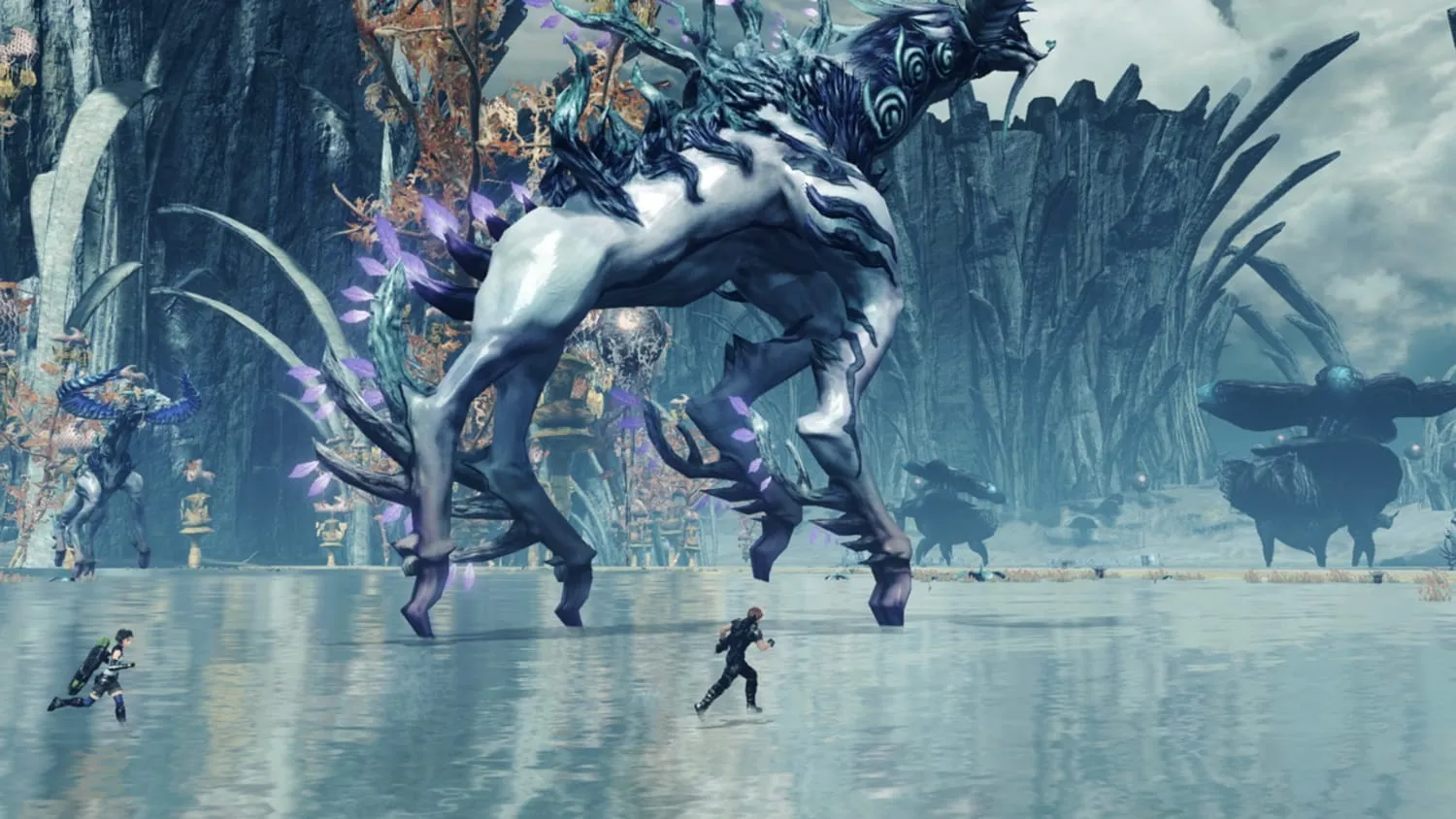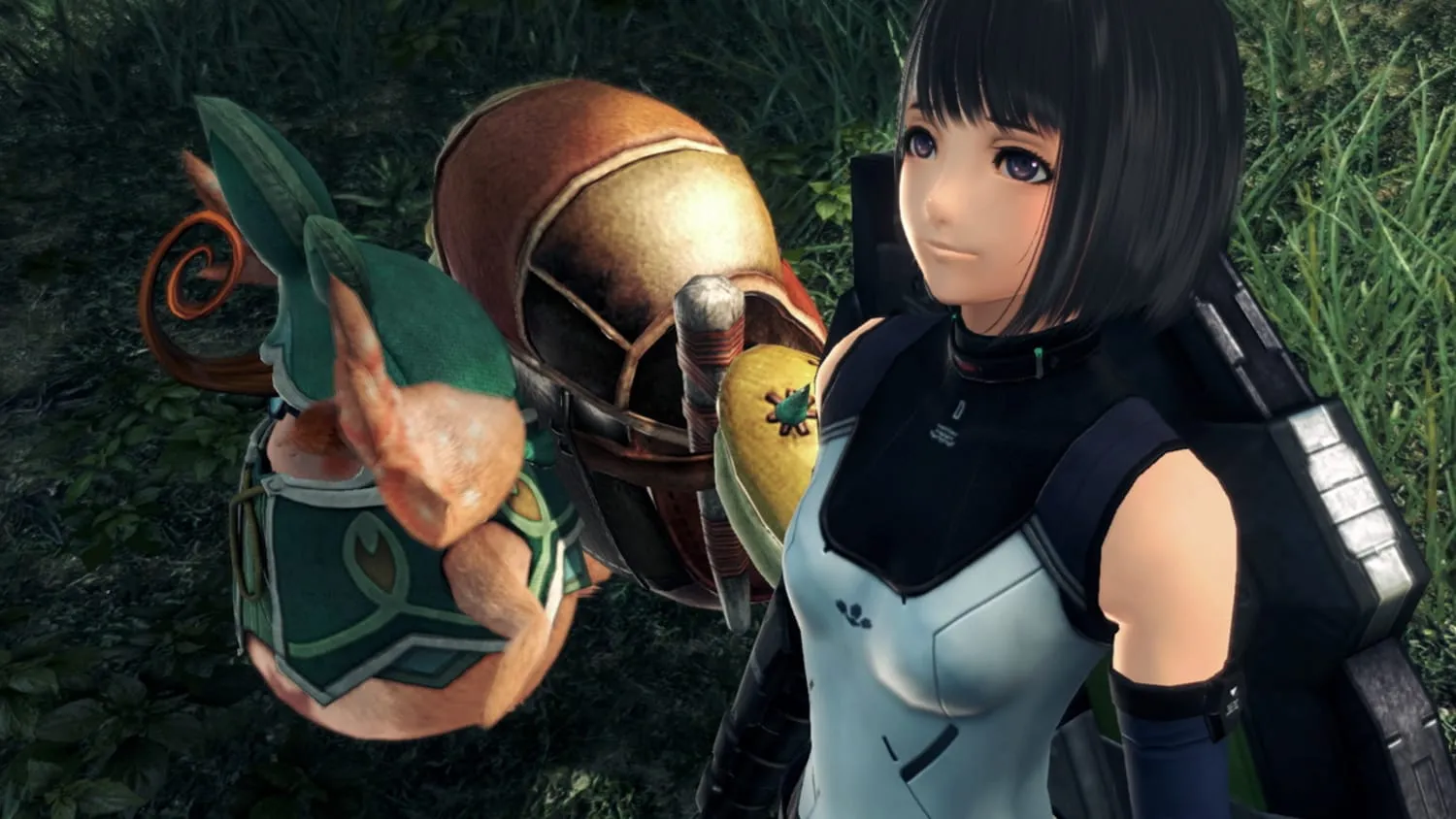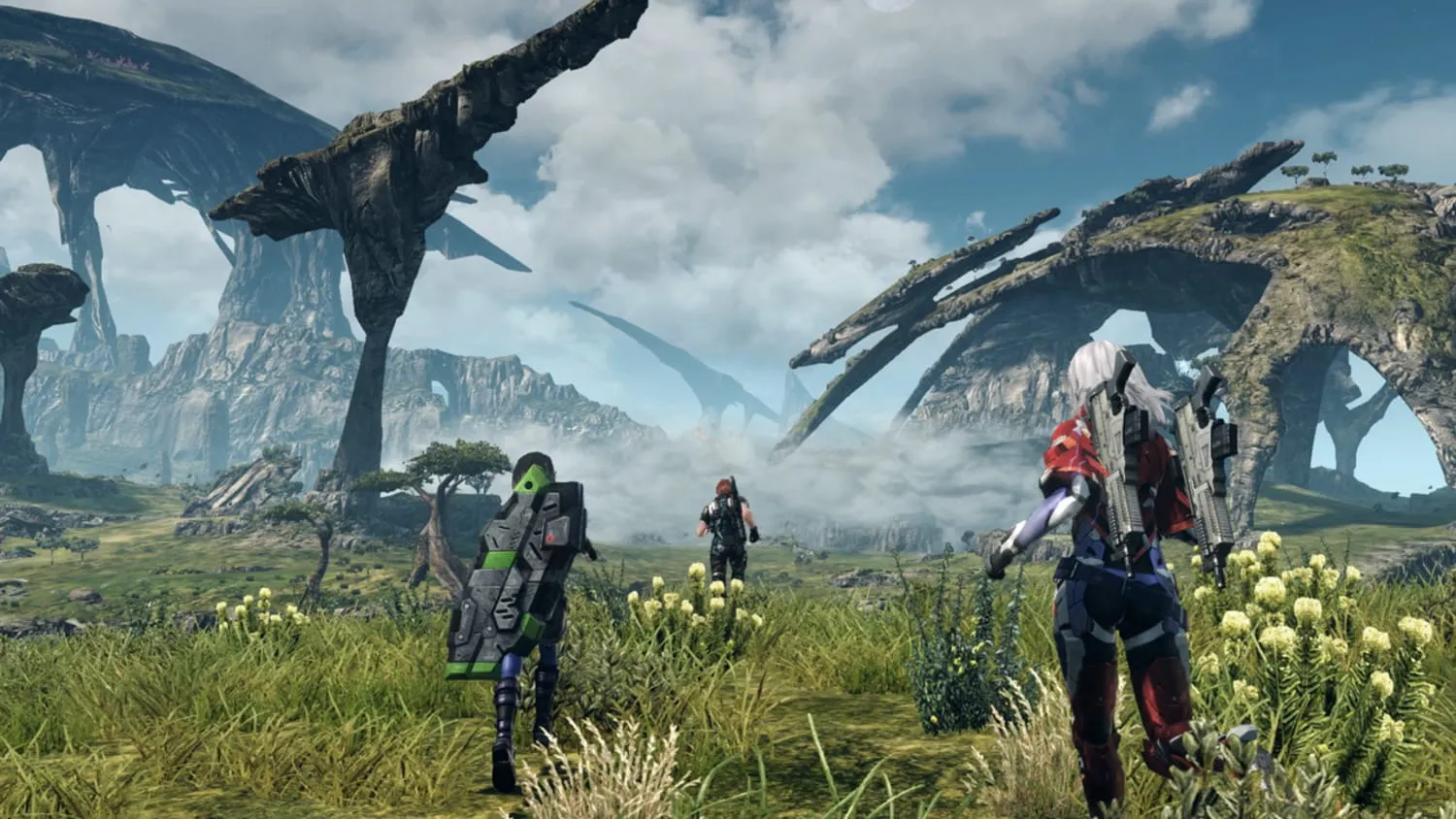Xenoblade Chronicles X: Definitive Edition invites you to a sprawling extraterrestrial landscape where survival is a constant challenge. Mira appears as a planet of vast, untamed wilderness where human survivors struggle to rebuild life after Earth’s end.
New Los Angeles stands as a beacon of hope amidst crumbling relics of the past, offering a stage where every discovery carries weight. The world is crafted with diverse regions—rugged highlands, sweeping plains, and enigmatic ruins that hint at ancient secrets—all forming a setting that demands respect and careful exploration.
Players assume the role of a customizable avatar who represents a vital piece of a larger collective effort. The game shifts focus from singular heroics to collaborative resilience, where every character contributes meaningfully to the fight for survival.
Compared with other offerings in the genre, this title distinguishes itself through a methodical yet engaging narrative structure that interweaves personal struggles with community goals. The atmosphere is charged with both anticipation and a sense of responsibility, as the player is drawn into a world that challenges both tactical skills and emotional investment.
Exploring the World of Mira
Mira is a planet of grand proportions, where vast continents connect in unexpected ways. The game offers an environment that challenges players with a scale rarely seen in similar titles. Its multiple regions span sweeping open lands and imposing natural obstacles.
In one area, the gentle slopes and green expanses of Primordia provide a stark contrast to the rugged, towering rock formations that define other territories. Areas such as Oblivia present harsh deserts with fierce electrical storms, each location defined by its own climate and set of hazards.
The game places a significant emphasis on route planning. The varied topography requires careful consideration, as steep inclines and rocky outcrops frequently force players to alter their approach. Moments of climbing steep ridges or circling around natural barriers add an element of strategy to every expedition.
A system called FrontierNav organizes the world into a series of hexagonal segments. Each hex contains unique probe points, hidden treasures, or critical encounters. This feature gives players a clear sense of progress as they gradually reveal new parts of the map.
Travel options also receive considerable attention. On foot, the player must contend with the challenging terrain, which can slow progress or require careful maneuvering. In contrast, the Skell—a large, customizable mech—provides a method to bypass certain obstacles, making it easier to access high or distant areas.
The design of the Skell complements the combat and exploration sections by opening up previously unreachable locales. Enhancements to the interface, such as improved map markers and a refined quest tracker, contribute to a smoother experience when moving through Mira’s diverse landscapes. These design choices create a rich world where planning, discovery, and the thrill of overcoming natural challenges come together seamlessly.
Story, Characters, and Rich Lore
The game’s narrative unfolds in a setting where Earth has vanished, leaving humanity to seek refuge on Mira. The backstory explains that survivors must rebuild their lives on a planet filled with unpredictable hazards.
This narrative framework presents a scenario where every effort plays a role in sustaining the community of New Los Angeles. The emphasis on collective struggle shines through in the portrayal of daily hardships and shared victories.
The survival theme reminds one of other well-known open-world titles that place teamwork and persistence at their center, while presenting challenges unique to this futuristic setting.
Central to the narrative is a character named Elma, who stands out as the emotional core of the story. Her actions and decisions drive much of the plot, and she provides stability amid the uncertainty of the post-Earth environment. Alongside her, various party members exhibit distinct personalities that enrich the story’s fabric.
The player’s customizable avatar serves as a bridge between the narrative and personal experience, allowing a degree of personalization despite remaining more reserved in its portrayal. This design choice sets the game apart from others in the genre where the protagonist’s individuality often overshadows the group dynamic.
The game also features a wide assortment of side missions that significantly expand its lore. Some tasks focus on building personal bonds among characters, while others offer insights into the hidden history of Mira.
These missions reveal details about lost technologies and the remnants of ancient cultures, contributing depth to the overall narrative. The dialogue options and branching paths within these quests provide layers of complexity that reward close attention and repeated play.
Each side task uncovers different facets of life on Mira, encouraging players to invest time in discovering all the subtle aspects of its culture and struggles without detracting from the main storyline.
Combat and Gameplay Mechanics
The combat system features a mix of automatic attacks with well-timed player inputs. In battles, the player benefits from a hybrid system where basic attacks run on their own, but key moments require manual activation of Arts—special abilities that either boost damage output or hinder enemy actions.
Specific timed interactions, similar to quick-time events, come into play during combat. These events provide opportunities to raise the party’s morale, resulting in noticeable effects during fights and increasing the need for precise timing.
The game offers eight distinct class paths that cater to various playstyles. Each class path brings a set of abilities and roles, ranging from offensive strikes to more defensive tactics, giving players flexibility in their team composition.
Players can customize skill trees to fit their preferred approach, unlocking new moves and improving existing ones as their characters grow. This system encourages careful planning when forming a party that can handle different challenges, where each role contributes a defined function in group battles.
Later in the narrative, the Skell—a giant, customizable mech—becomes available, marking a turning point in both combat and exploration. The Skell provides an alternative method for handling tougher enemies and complex terrain.
Features like a flight module offer tactical advantages during encounters, allowing players to bypass certain obstacles and target enemies from new angles. Upgrade paths available for the Skell further enhance its combat role, ensuring that it remains a versatile tool throughout the game.
Enemy encounters vary widely in placement and difficulty. Some foes catch players off guard due to their high level or unusual abilities, requiring careful tactical adjustments. The game often challenges the player with formidable adversaries in areas that might seem less dangerous at first, pushing them to refine their combat strategies to meet these obstacles.
Enhanced Systems and Customization Options
The game refines its interface with a streamlined design that reduces clutter and simplifies access to essential features. Menus have been reorganized for clear visibility and ease of use, allowing players to focus on gameplay without distraction.
Quest tracking now displays mission markers clearly while progress updates provide real-time feedback, and the improved inventory system makes managing equipment and gear a straightforward task.
A notable feature is the FrontierNav system, which segments Mira into discrete hexes. Each hex offers different objectives, whether locating probe points, uncovering treasures, or tackling specific missions.
This segmentation introduces a systematic method of revealing new areas and rewards careful exploration. The newly implemented cooldown mechanism for Arts adds a tactical twist; it permits players to temporarily bypass delays, prompting strategic decisions during combat.
Customization options are extensive. The character creation process allows for personalization that fits within the game’s aesthetic, despite some restrictions compared to modern standards. The Skell, introduced later in the storyline, offers a wide range of modifications that tie both style and performance to its upgrades.
Players can reassign skills and switch between eight class paths to adjust their combat style to match evolving challenges. This flexibility encourages experimentation with team configurations, and the choices made in customization directly influence the ease and success of progressing through Mira’s challenges.
Graphics, Audio, and Presentation
The Definitive Edition refines the visual style by enhancing character models and creature details. Textures receive noticeable upgrades, and environmental lighting has been adjusted to bring out the subtle colors of Mira. The art direction captures a futuristic feel while highlighting the natural elements of the world.
Despite the technical limits of the platform, the updated graphics manage to present clear and detailed visuals that draw players into the experience. Dynamic weather effects and carefully calibrated lighting contribute to memorable scenes during exploration and combat.
Sound plays a significant role in setting the mood for each area. The musical score shifts smoothly between calm, reflective melodies in open regions and more intense, rapid rhythms during fights. Ambient sounds and subtle audio cues work together to enhance the realism of the environment. Feedback during gameplay, such as signals accompanying cooldown events, integrates nicely with the visual feedback.
The final presentation exhibits a well-assembled mix of modern updates and established elements. The changes cater to longtime enthusiasts while offering new players a rewarding visual and audio experience. The attention to detail across graphics, sound, and interface improvements signals a commitment to preserving the charm of its predecessor while refreshing its technical presentation.
The Review
Xenoblade Chronicles X: Definitive Edition
Xenoblade Chronicles X: Definitive Edition is a robust update that refines its original strengths. Enhanced visuals, a dynamic combat system, and a richly layered world offer an engaging experience. While certain narrative elements remain less distinctive, the improvements in gameplay and presentation ensure a rewarding adventure for both dedicated fans and newcomers.
PROS
- Immersive, expansive world design
- Engaging, strategic combat system
- Enhanced visuals and updated graphics
CONS
- Narrative pacing may feel uneven
- Inventory management remains challenging




















































